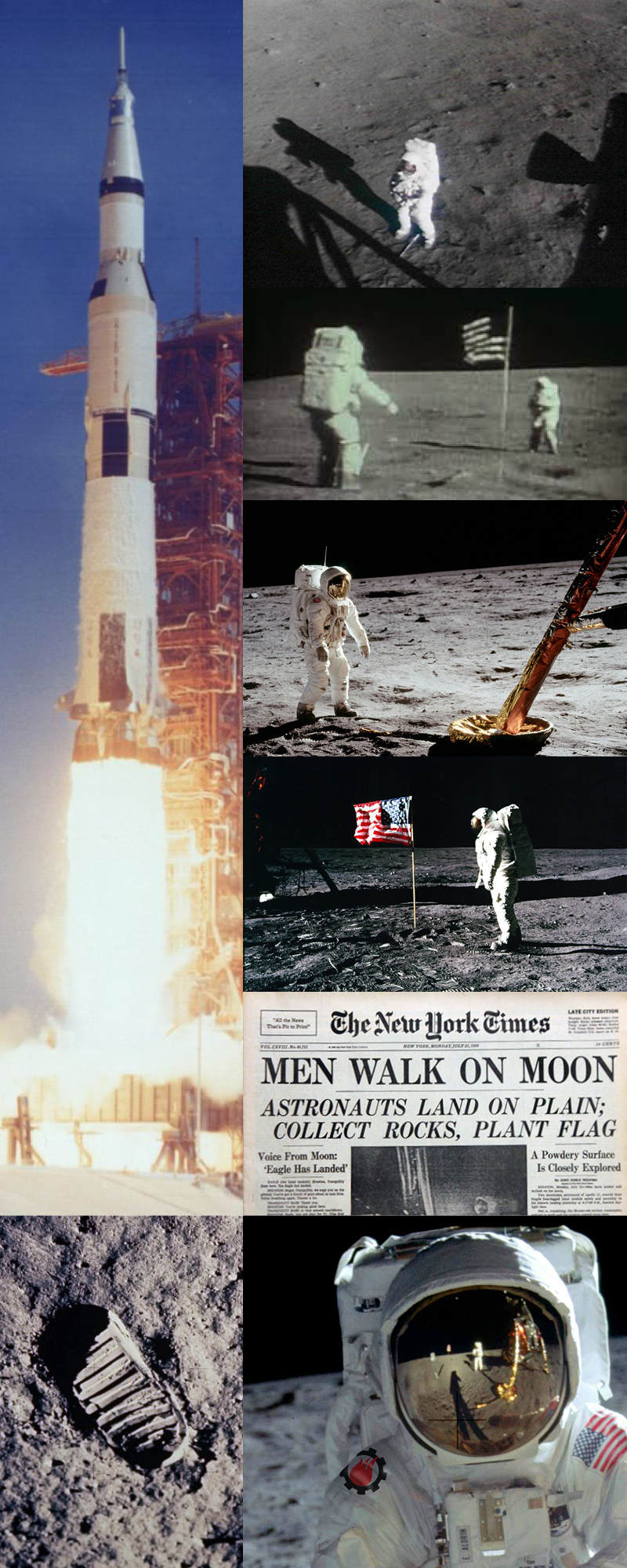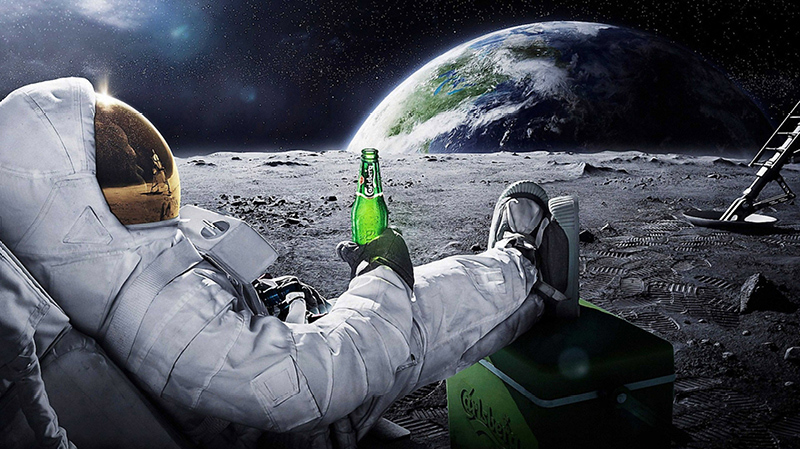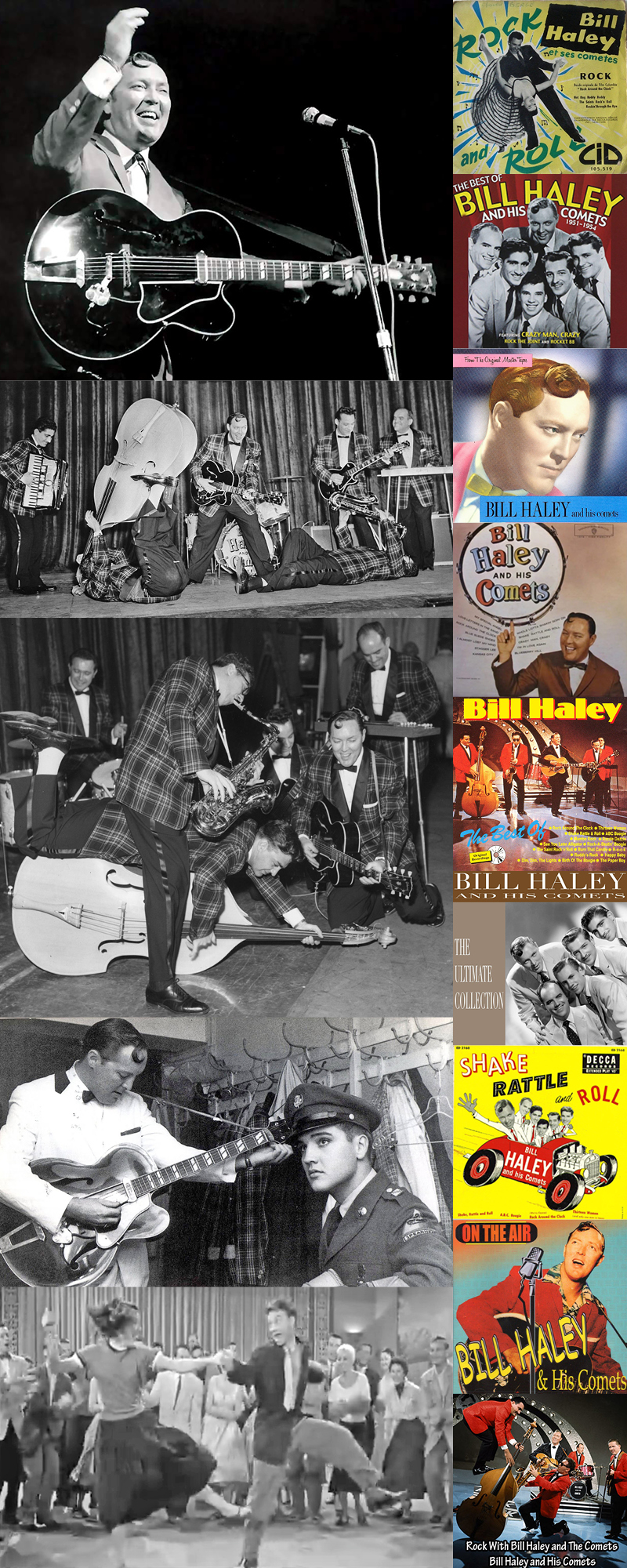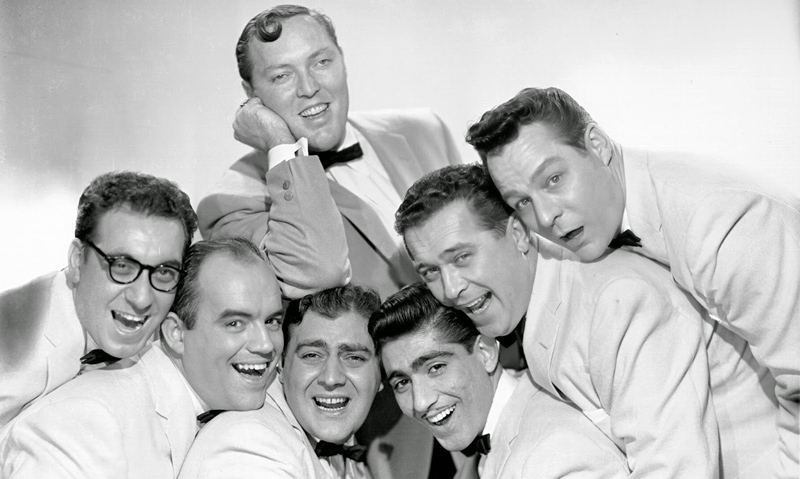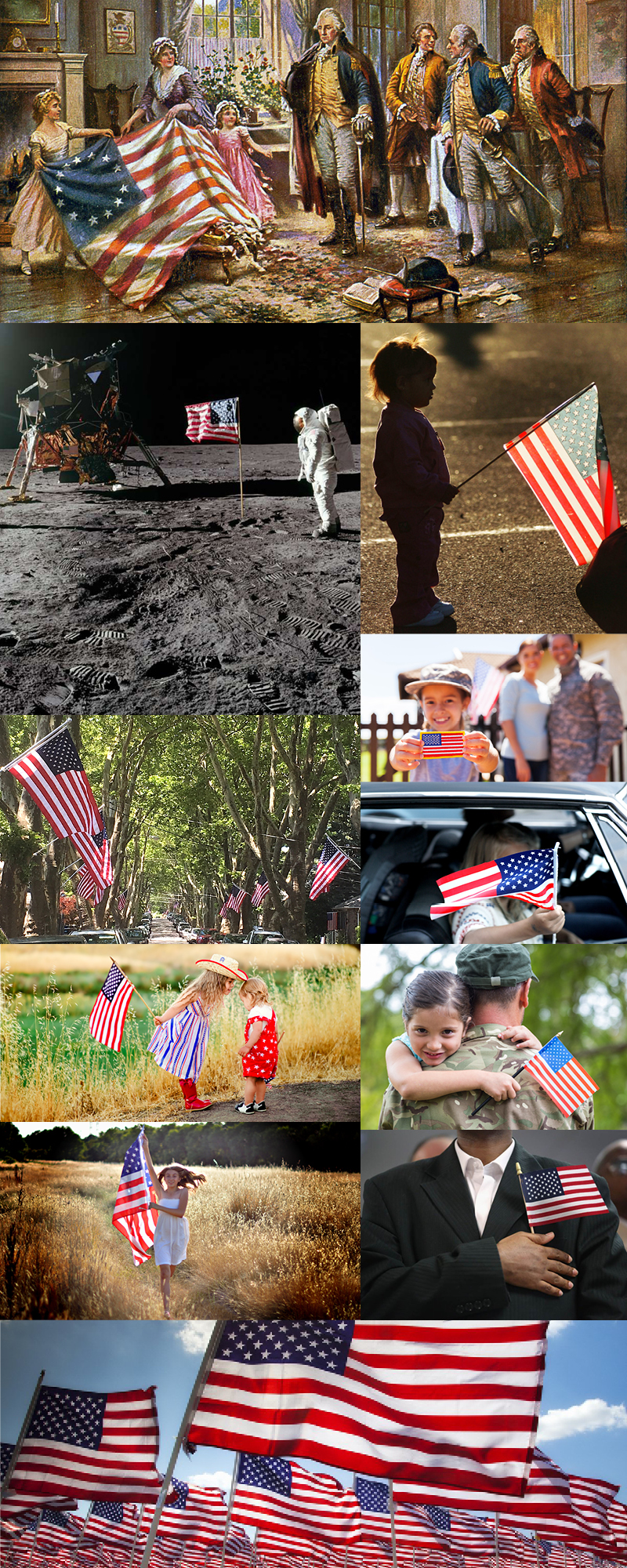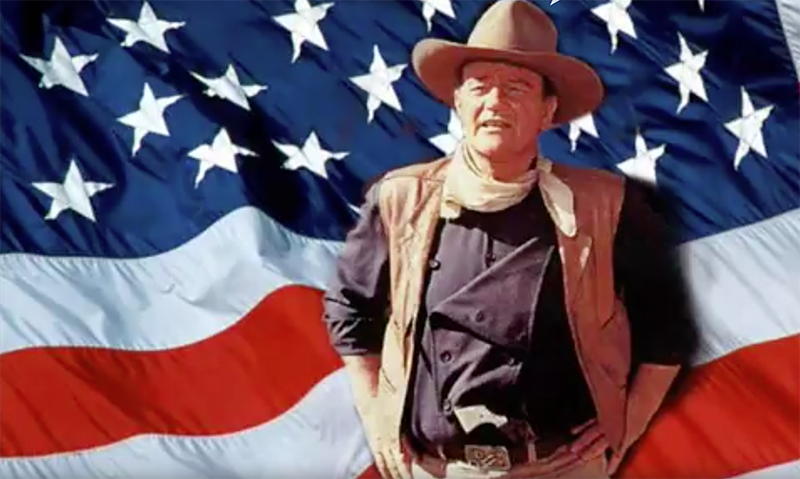We Love Your PIA (pain in the @%$) Jobs!

Since the third century BC we’ve taught punctuation to our kids to help make written thoughts clear and understandable. Then in 1962 the interrobang was born. It had a few years of popular use then was forgotten. Now people are talking about it again. In fact, now you can put it on your walls, wear it on clothing and wear it on jewelry. Just Google interrobang. You’ll be astounded at what you can find. So maybe the interrobang will enjoy a resurgence as a pop symbol. But will probably still be relegated to the typographic back alley.
For years now, tackling PIA Jobs has become a way of life here at KHT. Initially started by my Dad, it’s become a signature of our brand and is deeply embedded into our culture. Every single employee looks forward to when one of our customers (or perspective customers) sends us a part that’s just not consistently performing the way it should be, and asks – “think you can figure it out”? And we do! Part experience, part science, part challenge, and part sheer determination, we jump on it, experimenting, checking, testing, and trying alternate approaches until we nail it. Best of all, as the head guy, I often get the pleasure of calling my frustrated customers to say – “Yep, we figured it out”. Or for those folks who really know me, my favorite term is “THAT’S EASY!” (while writing this, I think I’m gonna add a loud bell that rings through the buildings every time we do it – just so the gang knows we did it again). And, for those who are nice enough to ask, since I just can’t stop telling anyone who will listen. It’s fun to get all technical, walking them through the details, and watching their faces sort of scrunch up – and then they simply smile and say “oh, that’s interesting” (just ask Jackie). Working with my marketing and social media teams, I make sure we include our “PIA” tag line on just about everything…and remind them “don’t forget the exclamation point!” This got me to thinking about where punctuation marks came from, and that led me to a great podcast and article from 99% Invisible. Here’s a capture of the story, and the “PIA Job!” a gentleman encountered while trying to launch a new end mark. Enjoy!
- In the beginning was the word, and the word was … well, actually, there was just one word … one long, endless word. For thousands of years, in some written languages, there was no space between words. People were expected to figure out sentences and clauses while reading aloud – (talk about PIA!)
- Scriptio continua was the dominant form of writing for the Greeks and the Romans. Sometimes, this never-ending string of letters would execute what was called an ox-turn, first reading left to right, then switching to read back from right to left.
- In the 3rd century BCE, a librarian in Alexandria named Aristophanes introduced the idea of putting in dots to indicate pauses, like stage directions for people performing texts out loud. Dots of ink at the bottom, middle, or top of a given line served as subordinate, intermediate and full points, corresponding to pauses of increasing length. This thinking led to: a partial thought, followed by the shortest pause, was called a comma, a fuller thought pause was called a kolon; and a complete thought, followed by the longest pause, was called a periodos – eventually lending their names to the comma, colon and period we know today.
- More punctuation followed. Medieval scribes gave us the earliest forms of the exclamation mark. And in the 8th century, Alcuin of York, an English scholar in the court of Charlemagne, quietly introduced a symbol that would evolve into the modern question mark. Ever since, we’ve ended our sentences with one of three ancient marks, called end marks (period, exclamation, question marks).
- There have, however, been attempts to expand this typographical toolkit, and include other end marks. One such example has made it into dictionaries: the interrobang (‽), created by an ad man named Martin Speckter in the spring of 1962. He realized something: many ads asked questions, but not just any questions — excited and exclamatory questions — a trend not unique to his time. (ex. Got milk?! Where’s the beef?! What’s up?! Can you hear me now?!). So he designed a mark that made it clear (visually on a page) that something is both a question and an exclamation?!
- The interrobang was a new kind of end mark. It denoted a question that expressed surprise or incredulity. This also made it useful for rhetorical questions, most of which are also incredulous. In an article he published, Speckter was already envisioning exclamatory-slash-rhetorical advertising slogans that could take advantage of the new mark, such as “What?! A Refrigerator That Makes Its Own Ice Cubes?!”
- Speckter laid out a few different potential ideas for what the interrobang should look like, but quickly zeroed in on a favorite. His design collapsed the question mark and the exclamation point into a single glyph. The two marks, instead of being placed back to back, were now conjoined, sharing the same dot at the bottom.
- At Speckter’s request, readers of the article also wrote in with proposals for alternate names, including “emphaquest,” “interropoint” and “exclarogative.” But he stuck with the original name — “interro” for interrogate and “bang” for the proofreader’s word for the exclamation point. (When giving dictation, people didn’t use the phrase “exclamation point.” They would just say “bang.”)
- But, as punctuation expert Keith Houston explains, “it’s not easy to invent a mark of punctuation that actually sticks.” Houston loves the interrobang but notes that history is littered with failed attempts to create new end marks. “Around the 16th century,” for instance, “the percontation mark, this rhetorical question mark, lasted about fifty years before it disappeared. There was one invented by a kind of renaissance man called John Wilkins who proposed an irony mark and it went nowhere.”
- And then there’s the interrobang, which, seemingly from the day it was born, faced a string of bad luck. For example, an article praising the interrobang appeared in the New York Herald Tribune in 1962. In the Tribune article, the writer called the interrobang true genius. Unfortunately, his article was published on the first of April and it may have been that the readers took it as an April Fool’s joke.
- In 1966, a company called the American Type Founders — a legendary design firm that created some of the most widely used typefaces of the 20th century — unveiled a new typeface called Americana that included an interrobang, but the foundry was in decline, and Americana was the last type typeface they ever cut.
- Then, in 1968, the iconic typewriter company Remington announced that their latest model typewriter would feature an optional interrobang key. Still, it was optional — an extra — costing extra money and it failed to catch on.
- Today, the interrobang is just barely hanging in there. It has its own character in Unicode, the common directory of symbols which all computer fonts must reference. But Keith Houston points out that it still hasn’t cleared the biggest typographical obstacle of all: “I think that in order to really consider it to be a regular mark of punctuation, people have to use it without thinking about it.” In other words: a truly remarkable mark of punctuation must be unremarkable.
- Alas, banality is not one of the interrobang’s strong suits. After Remington’s brief attempt to give it a key, it never made it onto any standard keyboards. And, now, if it is included in a font, it’s accessible only within a nested series of menus and selections.
- Houston says these are rare, but has found at least one genuinely banal interrobang, used by a man named Frank Easterbrook. Chief Judge of the United States Court of Appeals for the 7th Circuit, Frank Easterbrook used it arguing the interests of the United States in the Supreme Court. In May of 2011 Easterbrook was writing a ruling for a case, the case of Sears vs. Crowley, when he realized he’d written himself into a corner. “I reached a point where I had written a rhetorical question where I was tempted to use, you know, “question mark, exclamation point, question mark, exclamation point,” he recalls. Then he remembered the interrobang. His clerks thought it was a typo, but he assured them it was quite intentional. He said he wasn’t showing off and he didn’t publicize his usage.
- His form of punctuation was spotted by a legal blog and added to the interrobang’s Wikipedia page. When Easterbrook learned this, he laughed. He said he never intended to draw attention to the interrobang. He just thought it was the right mark to use.
Be sure to look for my upcoming blog on when I say … “That’s easy!”

